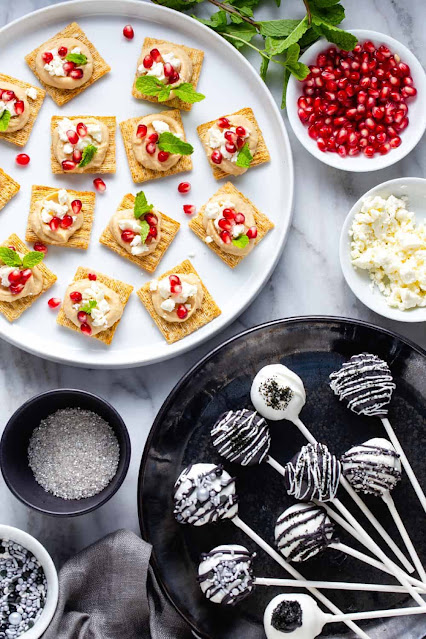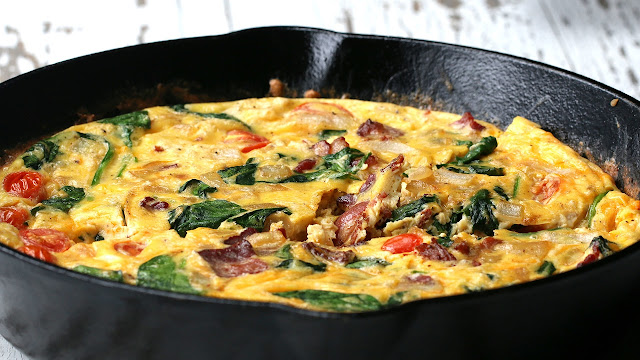Improving Your Mental Health Is Simpler Than You Think
Taking care of your mental health might not be a top priority for many, but it should be. While physical health tends to be talked about more, mental health is just as important. In fact, mental health plays a big part in your physical health and overall wellbeing. It only makes sense, when you think about it. All the same, taking care of your mind is a crucial part of maintaining a healthy lifestyle. Mental and physical health go hand-in-hand. One cannot be fully achieved without the other. Improving your mental health might sound like a daunting task, but it’s much simpler than you’d think, and we’re here to explain just how you can improve your mental health so you can live your best life.
Make Sure To Get Enough Sleep
It goes without saying that sleeping the right amount is vital for both your physical and mental health. Not getting enough sleep can have a serious effect on the body and mind. From a weakened immune system to mood swings, lack of sleep takes a toll on your mental and physical health.
Be Thankful
This might sound easier said than done, but being thankful for what you have will truly transform the way you look at things. To get started on adjusting your perspective, write down three things you’re thankful for every day. It can be anything, from the fact that you ate your favorite meal for dinner or you were able to take a walk outside. Every little thing counts. With time, you’ll train your mind to look at the positive rather than the negative. Ultimately, this will help you appreciate your life so much more.
Exercise
Tying in with physical health, exercising is excellent for your mental health as well. Working out does more than strengthen the muscles; it releases stress-relieving and mood-boosting endorphins before and after. That’s why exercise is a great antidote for anxiety, stress, and even depression. You don’t have to go overboard. Start small by going for a short walk after work. Maybe take the stairs instead of the elevator. The best thing to do is to aim for 30 minutes of exercise daily.
Get Some Sun
Getting enough sunlight is more important than you’d think. Sunlight is a great source of vitamin D. It’s a crucial vitamin for our bodies and brains. Vitamin D helps the brain release chemicals that improve our mood, like endorphins and serotonin. Not to mention, this vitamin is important for maintaining a healthy immune system as well. Just be sure to keep your skin and eyes safe when you’re out in the sun.
Manage Stress
Oftentimes, stress is unavoidable, but knowing what triggers your stress and how you cope is the key to maintaining good mental health. Try managing your responsibilities and worried by making lists or schedules to help you resolve each issue. By breaking down your worries and stress and writing them all down, you’ll be able to have a clearer picture of it all and find solutions more easily. Of course, try not to avoid problems. Rather, tackle them head-on.
Do Something You Enjoy
Make time to do something fun that you enjoy. Whether it’s going for a walk, painting, watching a TV show, or anything else, setting aside time for yourself is very important to maintain a good mindset. When you don’t do anything that you enjoy, it can be easy to become irritable and unhappy over time.

































